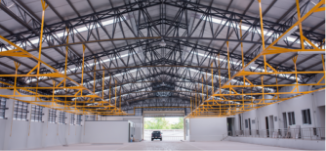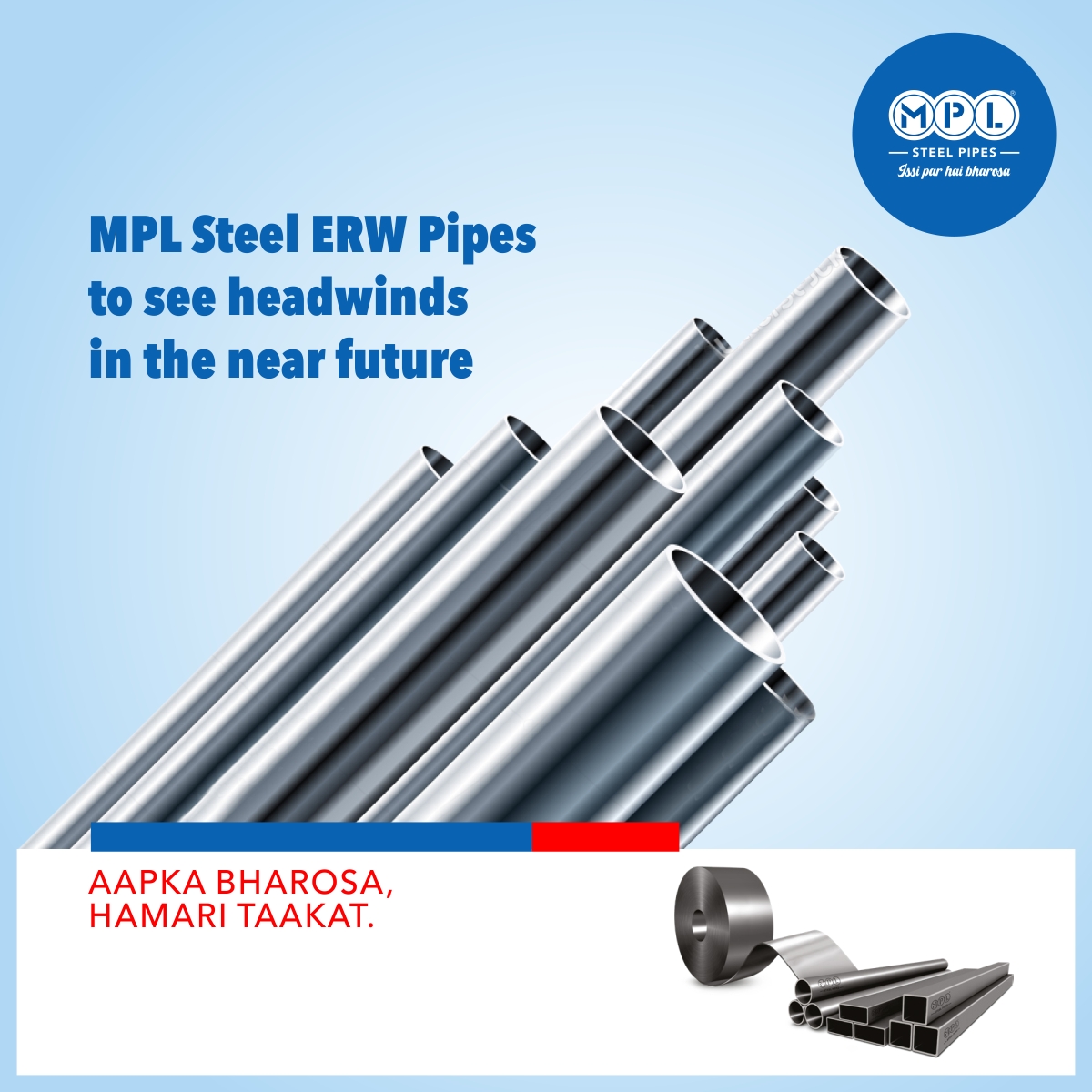
Blogs

The Need for Scaffolding: Building Up Safely & Efficiently
In modern construction and infrastructure projects, scaffolding is far more than a temporary structure. It is the backbone of safe working spaces, enabling access, supporting loads, and maintaining the rhythm of work. As India’s construction activity accelerates, understanding the demands placed on scaffolding systems and the materials they rely on becomes crucial.
Why Scaffolding Matters
- Safe Access & Work at Height: With taller buildings, complex façades, and larger infrastructure projects, workers need reliable access at height and across challenging geometries. Scaffolding provides the platform that allows teams to move, install, finish and maintain structures — often under tight timelines and challenging conditions.
- Load Support & Operational Efficiency: Scaffolding must support not only human movement but also tools, materials, finishing systems, and often pre‑assembled modules. Steel scaffolding, in particular, offers high load‑bearing capacity and structural reliability, making it a standard choice for major projects.
- Safety, Schedule & Cost Control: When scaffolding fails or is inadequately designed, the consequences range from project delays to safety hazards. Standards require scaffolding and its components to manage multiples of the intended loads to provide a margin of safety. This means that quality components matter — they reduce downtime, rework, and risks. In turn, timely erection, dismantling and reuse further contribute to project economics.
The Role of Steel Pipes in Scaffolding Systems
Why Steel Pipes?
- High strength and durability under repeated load cycles and changing site conditions.
- Dimensional accuracy and consistent geometry allow modular, repeatable scaffolding systems that reduce erection time.
- Better resistance to environmental factors (weather, moisture, heavy use) than traditional materials. For example, one provider of scaffolding pipes notes their products can support tools and tackles during construction, alteration or maintenance works because of these properties.
- Reusability and longer service life, which allow better lifecycle economics.
What to Look for in Scaffolding Tubes
- Load‑bearing capacity: Tubes must maintain integrity under compressive and bending loads.
- Uniform thickness & straightness: Irregular tubes can lead to misfits, weak points or uneven loading.
- Seam/weld integrity: Any defect in the seam can cause critical failures under load.
- Surface treatment & corrosion resistance: On construction sites, weather and exposure make coatings, galvanising or protective finishes important.
- Compliance with standards: In India and internationally, scaffolding tubes must conform to norms such as IS 1161 and IS 1239 (for mild steel tubes used as scaffolding) or equivalent regulations.
Trends in the Indian Market & What It Means for Scaffolding
The Indian market for scaffolding pipes is active, with numerous manufacturers and suppliers listed, indicating strong demand across construction, infrastructure and maintenance sectors.
As the construction sector evolves – with more high‑rise, complex infrastructure, retrofit and maintenance work – the choice of scaffolding components increasingly emphasizes standardisation, safety, reuse and lifecycle efficiency.
With more focus on safety regulation, site audits and standards compliance, the quality of scaffold materials is becoming a differentiator.
Practical Considerations for Specifiers & Contractors
If you’re specifying scaffolding systems or procuring scaffolding tubes, consider the following checklist:
- Ensure material specification & standard compliance: Always confirm tubes meet relevant standards (IS 1161/IS 1239 or equivalent).
- Verify load‑bearing and test data: Request load tables, certificates and inspections for scaffolding tubes and structures.
- Check dimensions, straightness & fit‑up: Tubes should be dimensionally accurate and free from warping or irregularities.
- Inspect surface treatment and storage/handling: Tubes should be protected from moisture and damage during transport and storage.
- Assess reuse potential & lifecycle cost: High‑quality scaffolding tubes should support multiple project cycles, offering better value.
- Ensure site protocols for inspection & tagging: Scaffolding must be erected, inspected and maintained by competent persons under ongoing site supervision.
Scaffolding is the framework that underpins safe, efficient and high‑rise construction activity. The quality of its components — particularly the steel tubes that bear the load, provide the access, and shape the platform — is a crucial factor in project success. When scaffolding is done right, it enables progress; when it’s compromised, it risks delays, costs and lives. In an evolving Indian construction landscape, selecting the right materials and systems becomes more important than ever.

